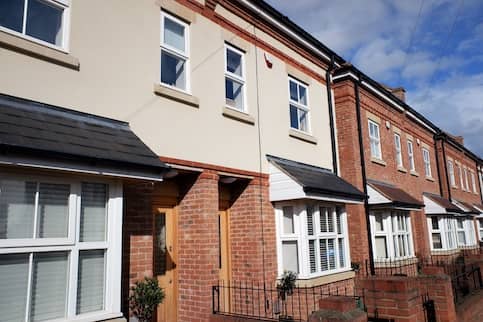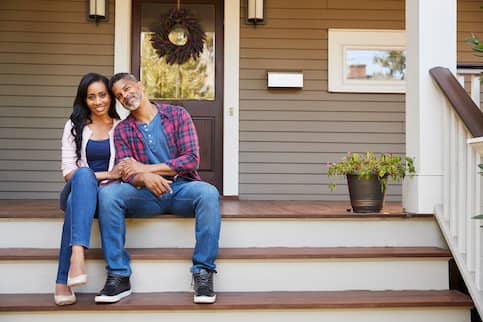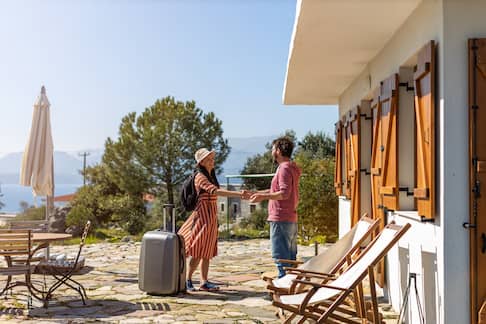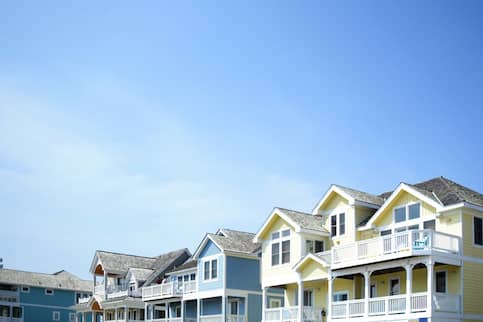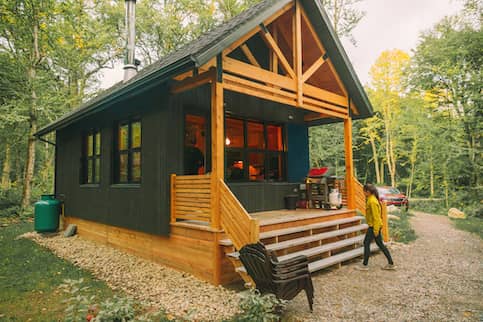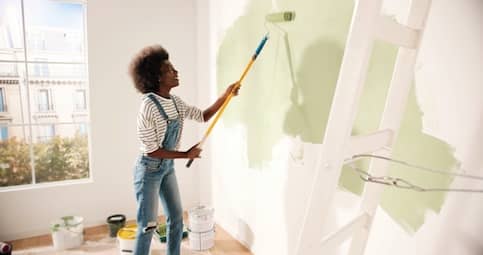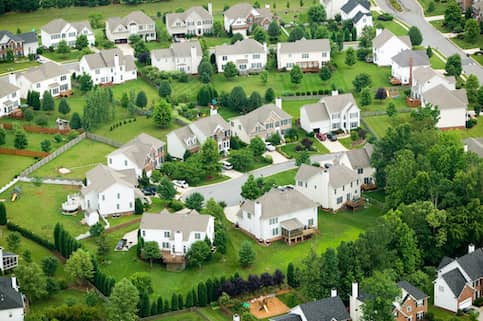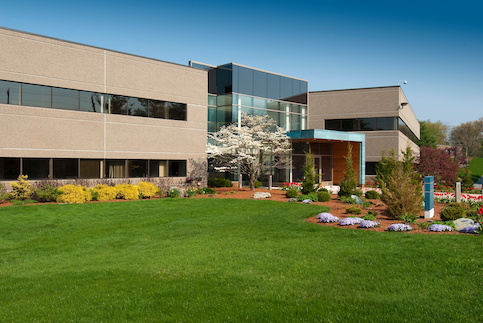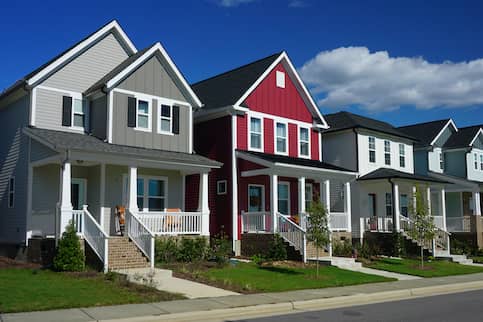What Is A Non-Owner-Occupied Mortgage?
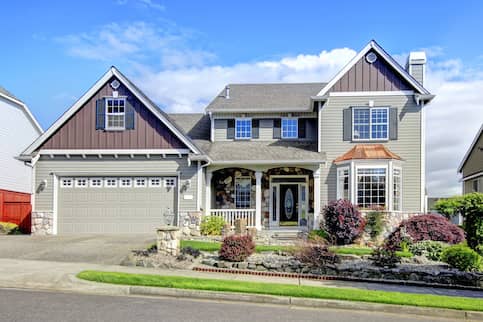
If you’re looking to finance a rental property with no intention to live within the property, then a non-owner-occupied mortgage could be the solution. Let’s take a closer look at this financing opportunity for potential rental properties.
Non-Owner-Occupied Loan, Defined
A non-owner-occupied mortgage is a type of mortgage designed for residential properties with one to four units. The twist is that the borrower is not planning to live in the property.
Essentially, if you’re not planning to use the property as your primary residence, you’ll need to seek out a non-owner-occupied mortgage. But if you want to finance a large apartment building with more than four units, then this type of mortgage will not work for you.
See What You Qualify For
Home Purchase
Home Refinance
Tap Into Equity
How Do Non-Owner-Occupied Mortgages Work?
When a lender is considering a borrower’s application, the distinction between a non-owner-occupied and an owner-occupied mortgage will come into play. Mortgage lenders use this property classification to determine the interest rate for the loan.
If a borrower is looking for a non-owner-occupied mortgage, the lender will likely charge a higher interest rate. This is the case because non-owner-occupied properties are at a higher risk of default. With that, the lender compensates for this increased risk with a higher interest rate.
Beyond the interest rate, a lender may also require a larger down payment for a non-owner-occupied mortgage. The increased down payment is another way for the lender to protect itself from the higher risk associated with non-owner-occupied mortgages.
How Much Down Payment Do You Need?
In general, all investment properties will require a larger down payment than an owner-occupied mortgage. With that, if you are looking for non-owner-occupied financing, you’ll likely be faced with a high down payment requirement.
Although a lender will likely require a larger down payment for this kind of loan, the exact percentage will depend on the individual lender. But you can expect a down payment requirement somewhere between 20% – 30%.
When compared to the down payment requirements of an owner-occupied mortgage, which can be as low as 0%, it can seem like a lot. Unfortunately, this larger down payment is required by lenders to offset the risks of a potential default.
Why Is The Interest Rate Higher?
When an investor obtains a real estate property with a non-owner-occupied mortgage, there is a higher risk of default. With that, the lender protects itself by charging a higher interest rate.
Of course, the borrower’s credit score and down payment type will also affect the interest rate. If a borrower has a high credit score and large down payment available, they may receive a lower interest rate. Additionally, the type of property and the number of residences will affect the interest rate.
Be Aware Of Occupancy Fraud
As you start to explore your non-owner-occupancy mortgage options, you’ll quickly find that the costs are significantly higher than an owner-occupied mortgage.
Unfortunately, this can lead some investors into occupancy fraud in an effort to cut costs. Instead of being truthful on the application, the sneaky investor lies and claims they will live in the property even if they have no intention to do so.
If you lie about your intentions on a mortgage application, you’re committing occupancy fraud. However, if your circumstances change after you’ve closed on the mortgage, then you’re in the clear.
For example, let’s say you close on a home you intend to live in today. But tomorrow your employer transfers you to another state. At that point, you could move and rent out the property without committing fraud. The important thing is to be completely honest when completing your mortgage application.
If you are caught lying about your occupancy intentions, you could face serious repercussions. You could be forced to repay the entire mortgage immediately or be prosecuted for bank fraud. Definitely things you want to avoid!
Using Non-Owner-Occupied Loans For Renovations
A non-owner-occupied renovation loan is a little bit different from a tradition non-owner-occupied loan. Instead of simply using the funds to purchase a property, you can use the funds from a non-owner-occupied renovation loan to purchase the property and cover renovation costs.
As a real estate investor, this may sound like a great opportunity. But there are a few considerations to keep in mind:
- Renovations must be a permanent part of the property.
- Renovations must increase the home’s property and market value.
- These loans are limited to four financed properties per borrower.
Every lender will have slightly different requirements for a non-owner-occupied renovation loan. Be clear about the details with an individual lender before moving forward.
The Bottom Line
If you want to secure an investment property, then a non-owner-occupied mortgage could be the way to go. As you build your real estate investment portfolio, take advantage of our free guide to purchasing an investment property.
Don’t hesitate to reach out to a home loan expert to discuss your loan needs today!
Find A Mortgage Today and Lock In Your Rate!
Get matched with a lender that will work for your financial situation.
